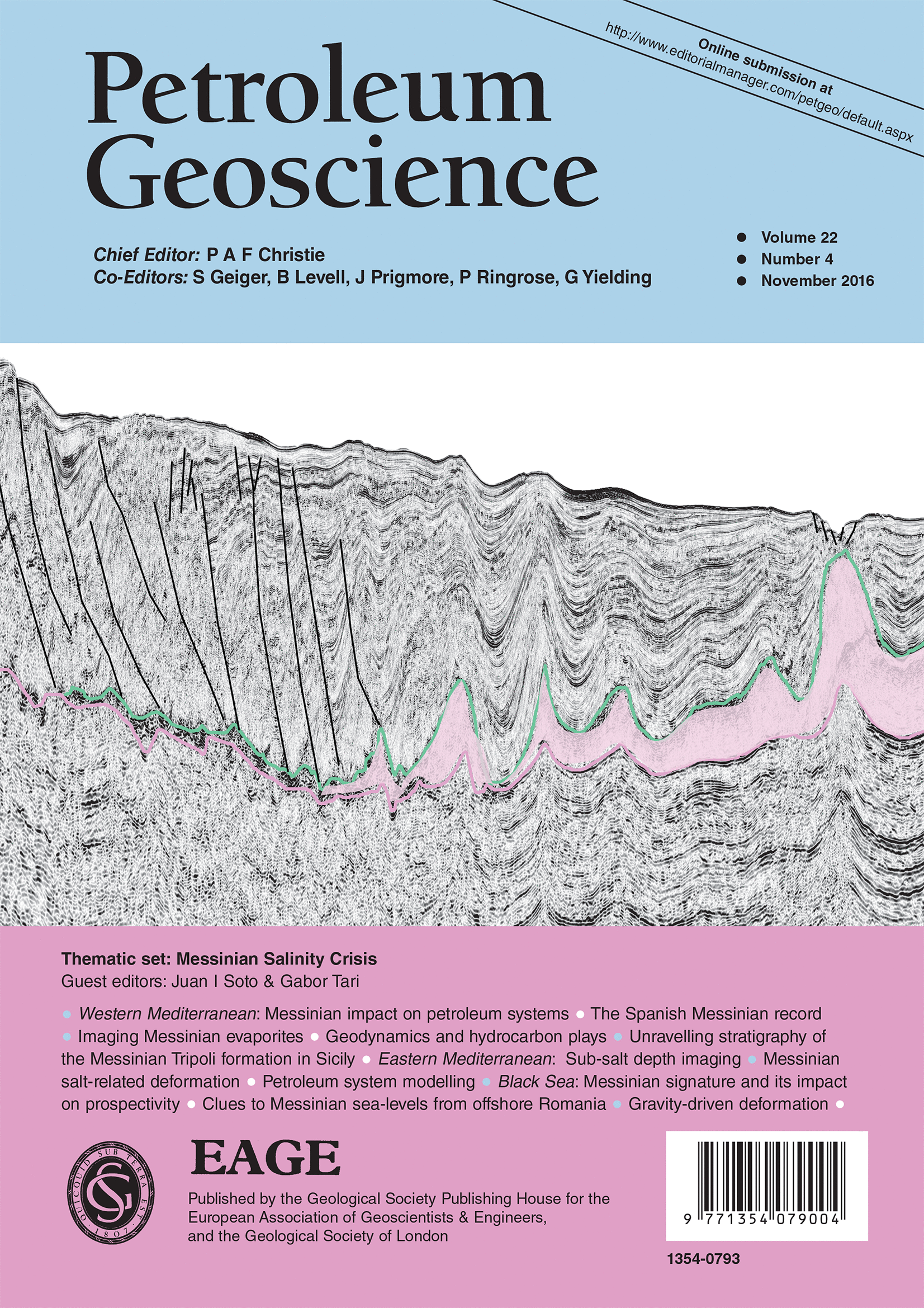
Full text loading...
The NW Mediterranean Basin developed during the Oligocene–Miocene rifting of the Eastern Iberian–European magma-poor continental margin. The margin developed as a result of back-arc extension associated with the rollback of the retreating Calabrian–Tethys subduction zone. Reinterpretation of 2D regional seismic reflection data suggests that rifting took place by hyperextension of the Iberian–European lithosphere. This process led to the seawards arrangement of distinct crustal domains: namely, proximal, necking and distal. The late post-rift Messinian salinity crisis (MSC) gave rise to significant margin erosion and canyon incision, the lowstand sedimentary by-products of which were largely deposited prior to the Messinian evaporitic sequences. Mesozoic–Cenozoic and Messinian–Recent salt tectonics events have been recognized. A regional hydrocarbon play concept is proposed here for shelf–deep-water settings, including pre-salt, Messinian and post-salt plays.

Article metrics loading...

Full text loading...
References


Data & Media loading...

